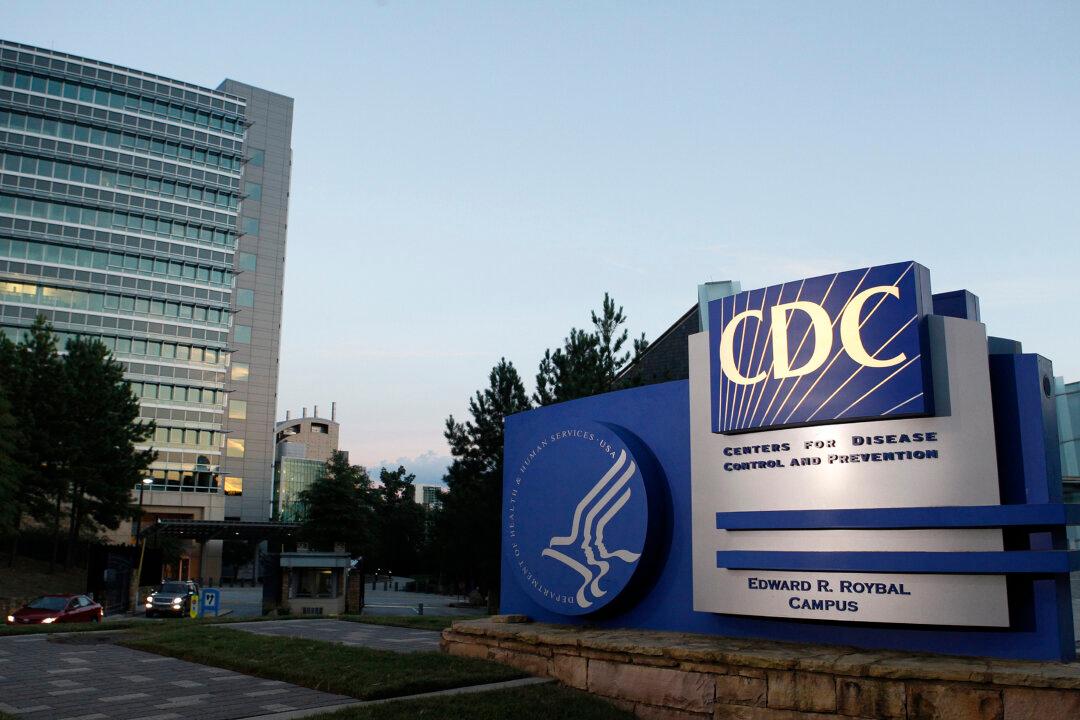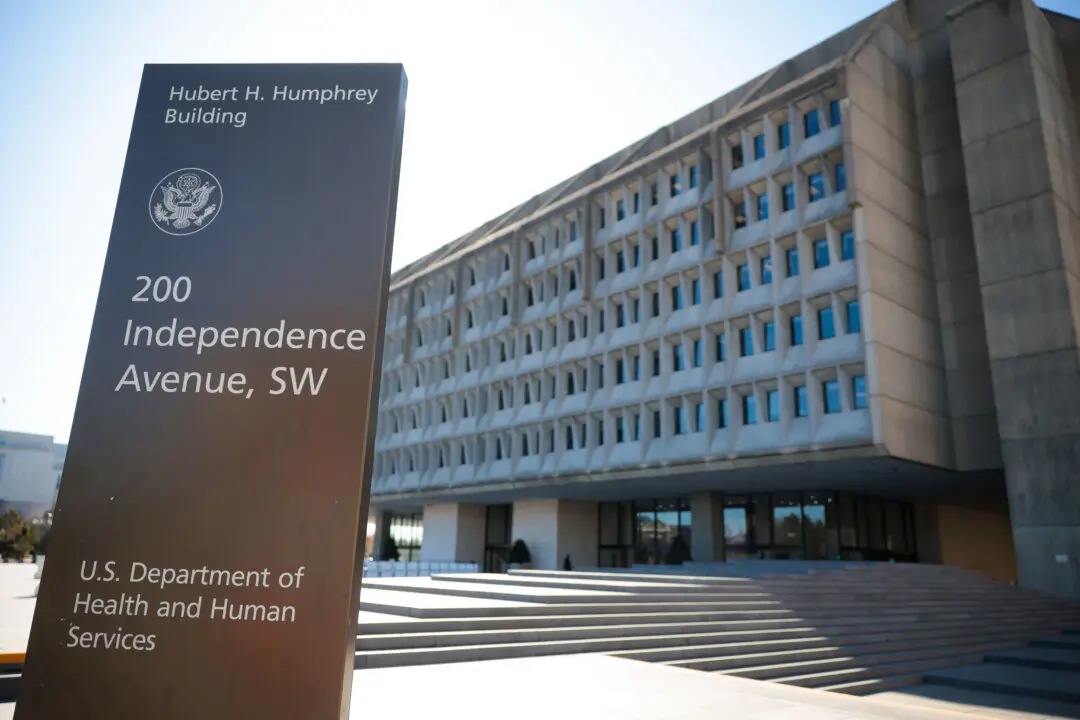The Centers for Disease Control and Prevention on Dec. 2 announced that it’s cutting its recommended quarantine time for people who have been exposed to COVID-19, the disease caused by the CCP (Chinese Communist Party) virus.
While the agency, known as the CDC, continues to recommend quarantine for 14 days as the best way to reduce the risk of spreading COVID-19, an analysis of research into the new disease has prompted two alternative quarantine periods.





